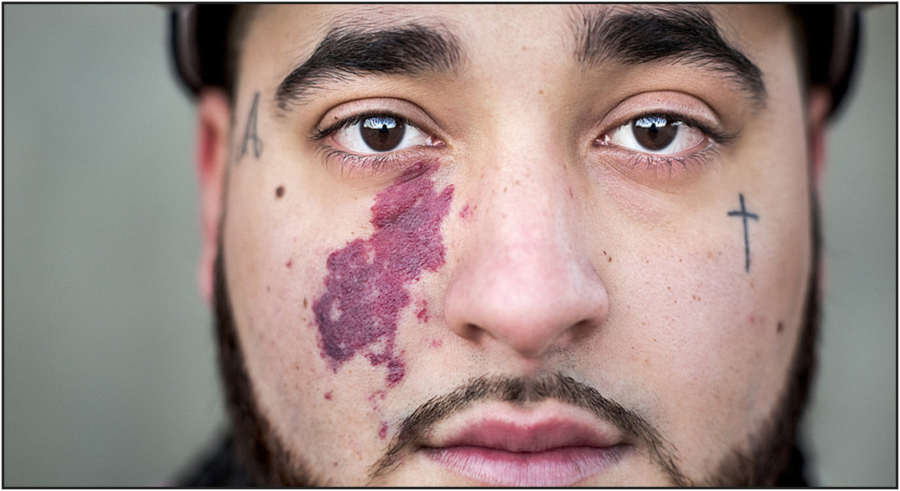Hip-Hop’s Drug Problem: A Deeper Dive Into The Drug-Use of Some of The Biggest Artists in Hip-Hop
May 22, 2019
Since 1991, opioids have claimed thousands of lives across the United States including prominent hip-hop figures Mac Miller (fentanyl), A$AP Yams (opiates), Lil Peep (fentanyl-laced xanax) & DJ Screw (codeine). In 1991, opioid deaths greatly increased following an increase in prescriptions of opioid medications (Poison.org). Many believe that today Hip-Hop is at least partly responsible for the larger scale issue known as the opioid cri-sis. This stems from the glorification of dangerous prescription drugs in the music, notably “lean”.
What is lean? Lean is a combination of an opioid such as promethazine or co-deine, a soft drink (usually Sprite) and a hard candy like jolly ranchers. Side-effects can range from dizziness and nausea among other things, eventually leading to dental decay, urinary tract infections and possibly death.
Hip-Hop artist Future has notoriously promoted lean and opioids in his earlier music on songs such as Codeine Crazy and Perkys Calling. He had frequently been seen with a double-styrofoam-cup in inter-views and music videos. I’m using the past-tense here because unbeknownst to many, Future revealed in an interview earlier this year that he quit drinking lean. What makes this extremely interesting is that Future’s usage of lean was synonymous with him as an artist; one would find it difficult to think of Future without imme-diately thinking of lean.
Lean’s biggest promoter ending his usage of the drug shows the growing dan-ger and the threat of opioids today. Ac-cording to DrugAbuse.gov, 130 people die everyday from opioid abuse in the United States alone. But many people are not even sure what qualifies as an opioid.
Opioids are highly addictive medica-tions prescribed by doctors to treat severe or continuous pain. They block pain mes-sages from being sent to the brain, making them effective but also addictive. Risks/side effects range from sleepiness and nau-sea to loss of consciousness and slower heart rate and eventually death. Codeine, fentanyl, morphine, percocets or (Acetaminophen / Oxycodone) are the most prominent opioids. The fact that these drugs must be prescribed by doctors makes the medical industry partially re-sponsible for the crisis because they’re the ones giving them out. Another portion of responsibility for the crisis is left in the hands of pharmaceutical companies that create these drugs.
The overprescription of opioids began in the 90s under the guidance of pharma-ceutical companies that assured the medi-cal community that patients wouldn’t be-come addicted to opiods (DrugAbuse.gov). As time went on, this proved to be false as many individuals prescribed these drugs died or became addicted to them.
Lil Wayne, one of Hip-Hop’s biggest stars, is probably the largest artist to open-ly use the drug. He has had a history of seizures and many believe it is due to his usage of lean. While Wayne denies that lean has been the source of his seizures, many disregard this because of the fact that seizures have been noted to be a side effect of opioid abuse. Wayne continuing to use lean is confusing as knowledge of the drug’s harmful effects has become more widespread as the drug’s abuse has been heavily reported on by media outlets.
It poses the question of what can we do as a whole to prevent the issue from growing bigger than it has. Doctors have began to take measures against the abuse of opioids by prescribing them less fre-quently and only in more extreme situa-tions. Opioids, while dangerous, have been proven to be effective when used responsi-bly and will continue to benefit society if used with care. Artists like J. Cole have denounced the abuse of these harmful drugs on his 2018 album KOD. On the track Motiv8 on the album, Cole raps:
Too many times I swallowed my pride
I’m crackin’ a smile, I’m dyin’ inside
My demons are close, I’m tryin’ to hide
I’m poppin’ a pill, I’m feelin’ alive
These lyrics paint a picture of an indi-vidual abusing drugs to try to distract from the problems prominent in his or her life. Music like this is helpful in creating a saf-er future but it doesn’t do that on its own. The most important responsibility falls on us, the people, to be informed of the dan-gers of opioids and to act responsibly when in possession of them. While raising awareness of the dangers of opioids can seem helpful, it really doesn’t mean any-thing if people are actively choosing to ignore risks and warnings. The most im-portant thing is to learn the value of one’s life and to actively make decisions for not only the betterment of his or her life, but for those around them as well. Your ac-tions affect more than just you and it’s important to be reminded of that.
